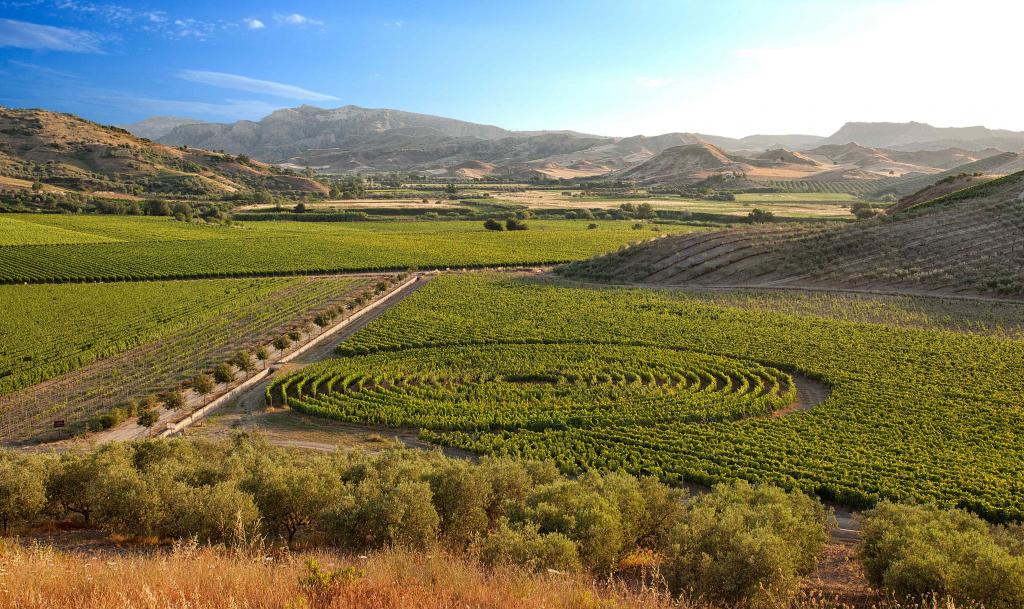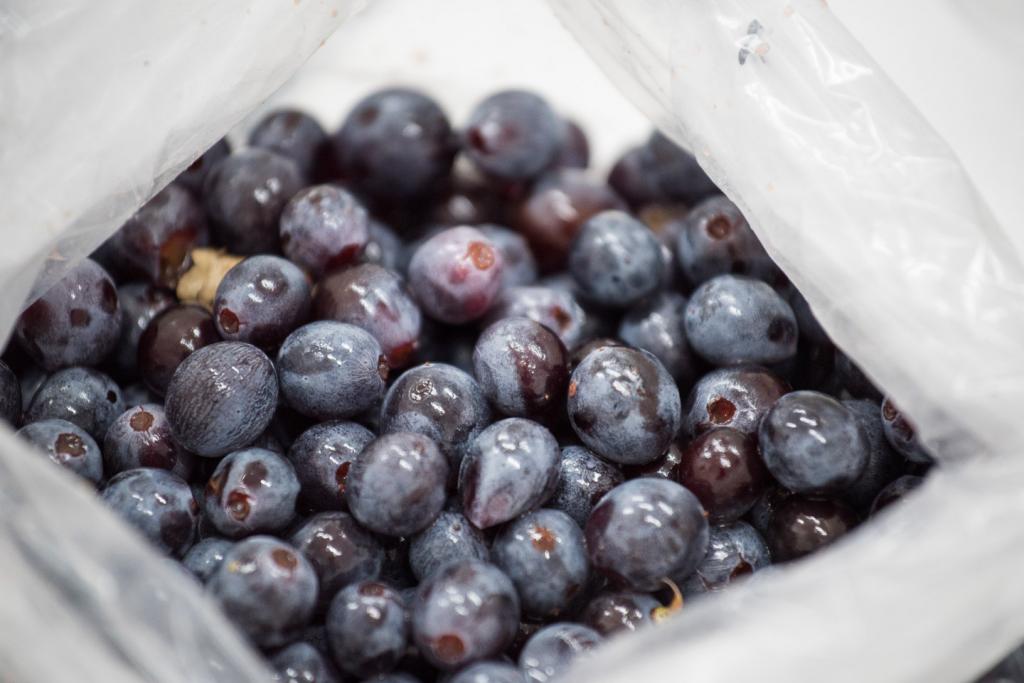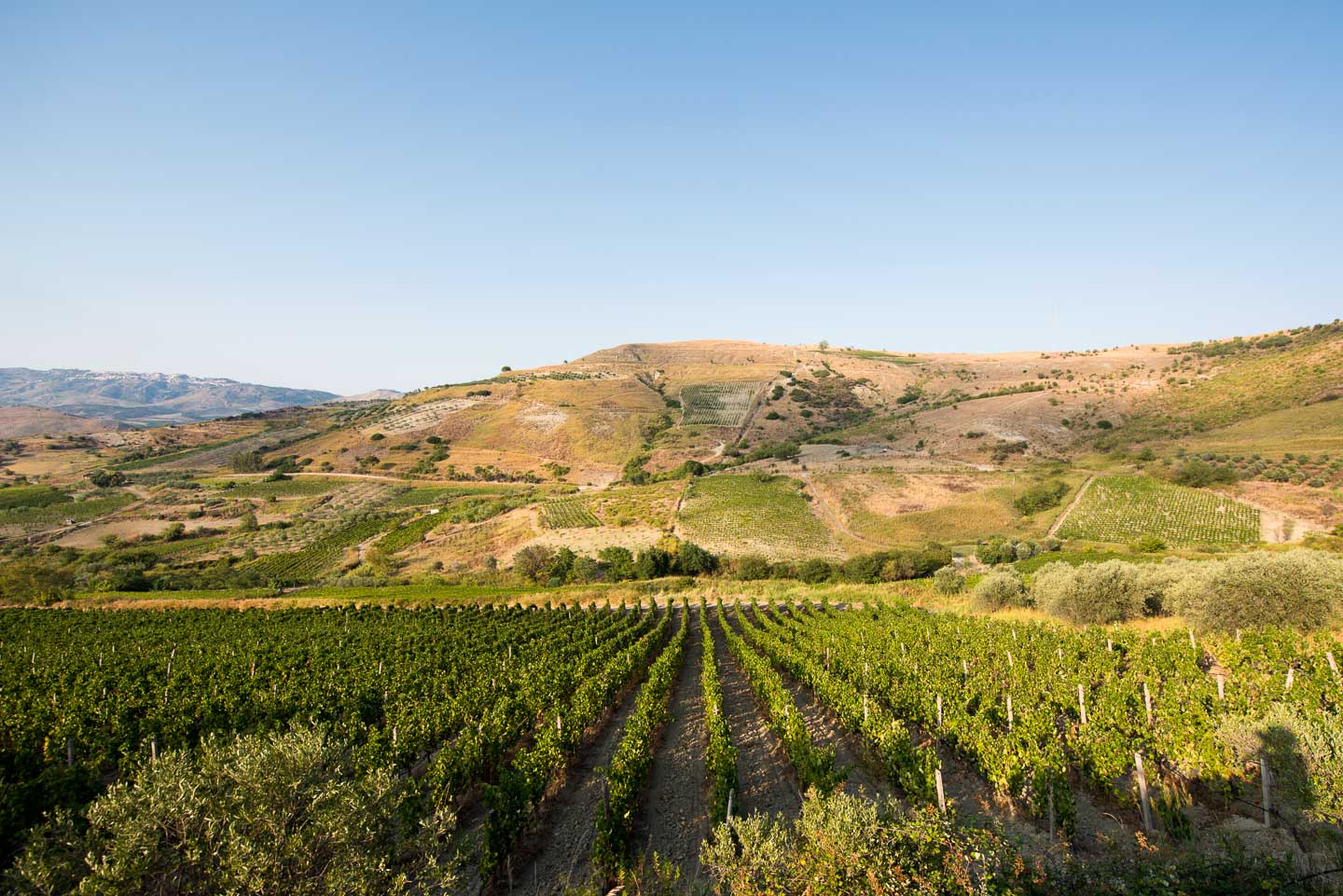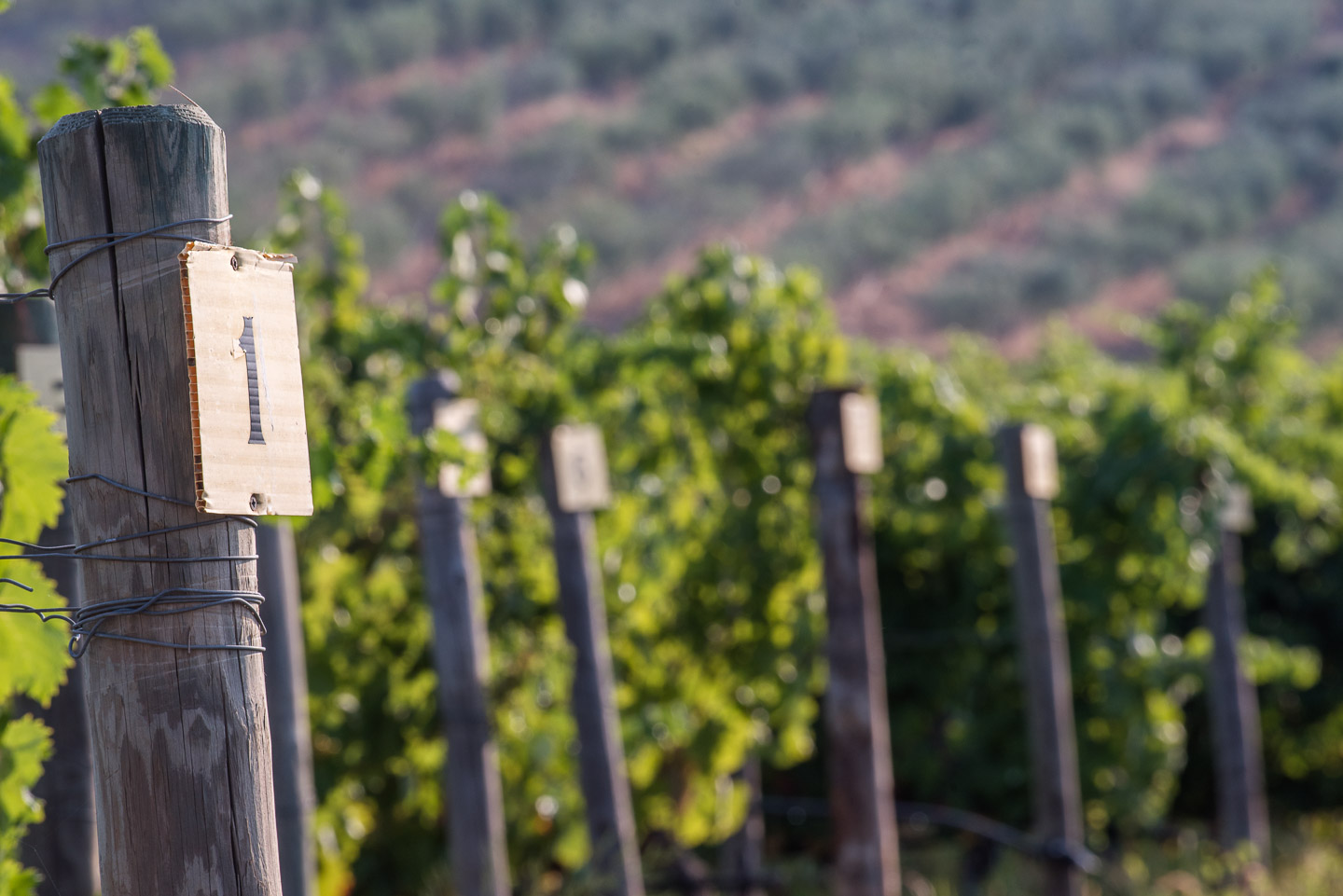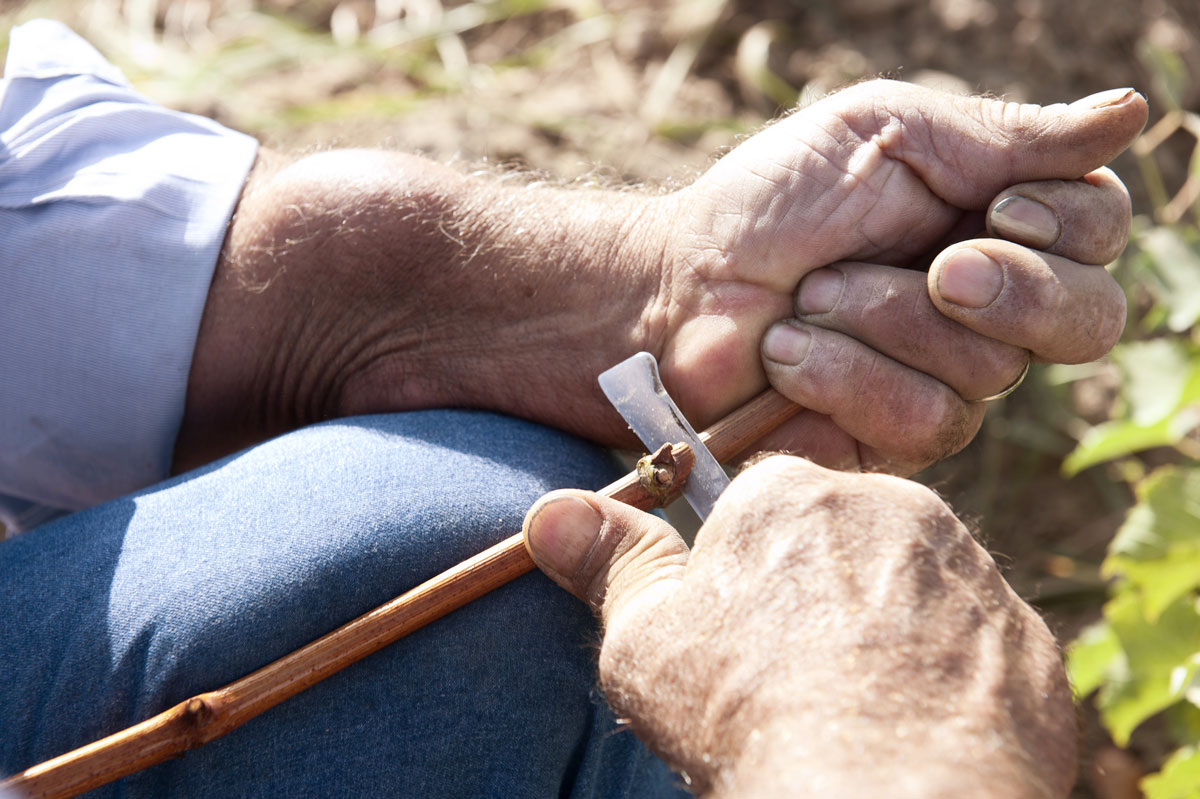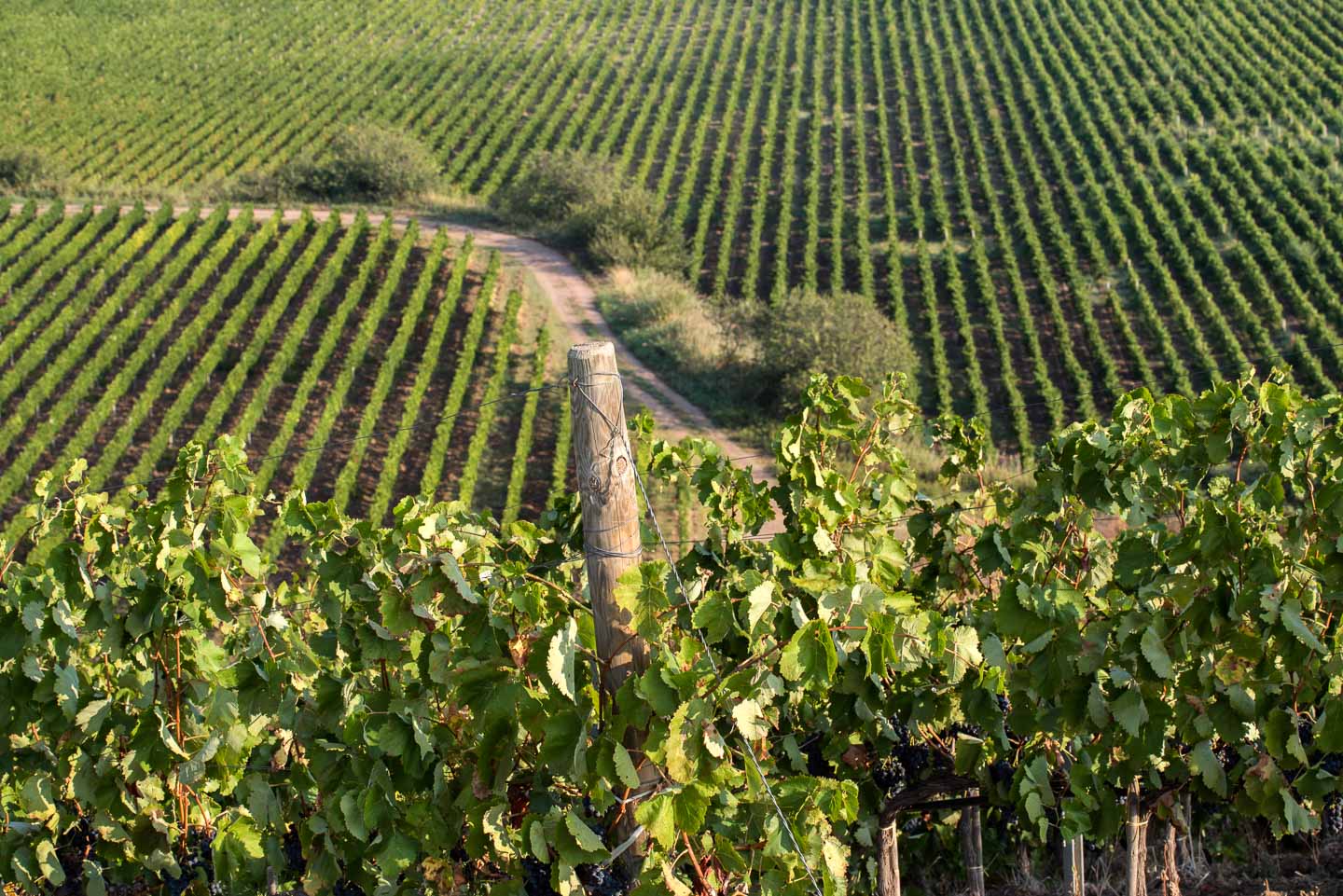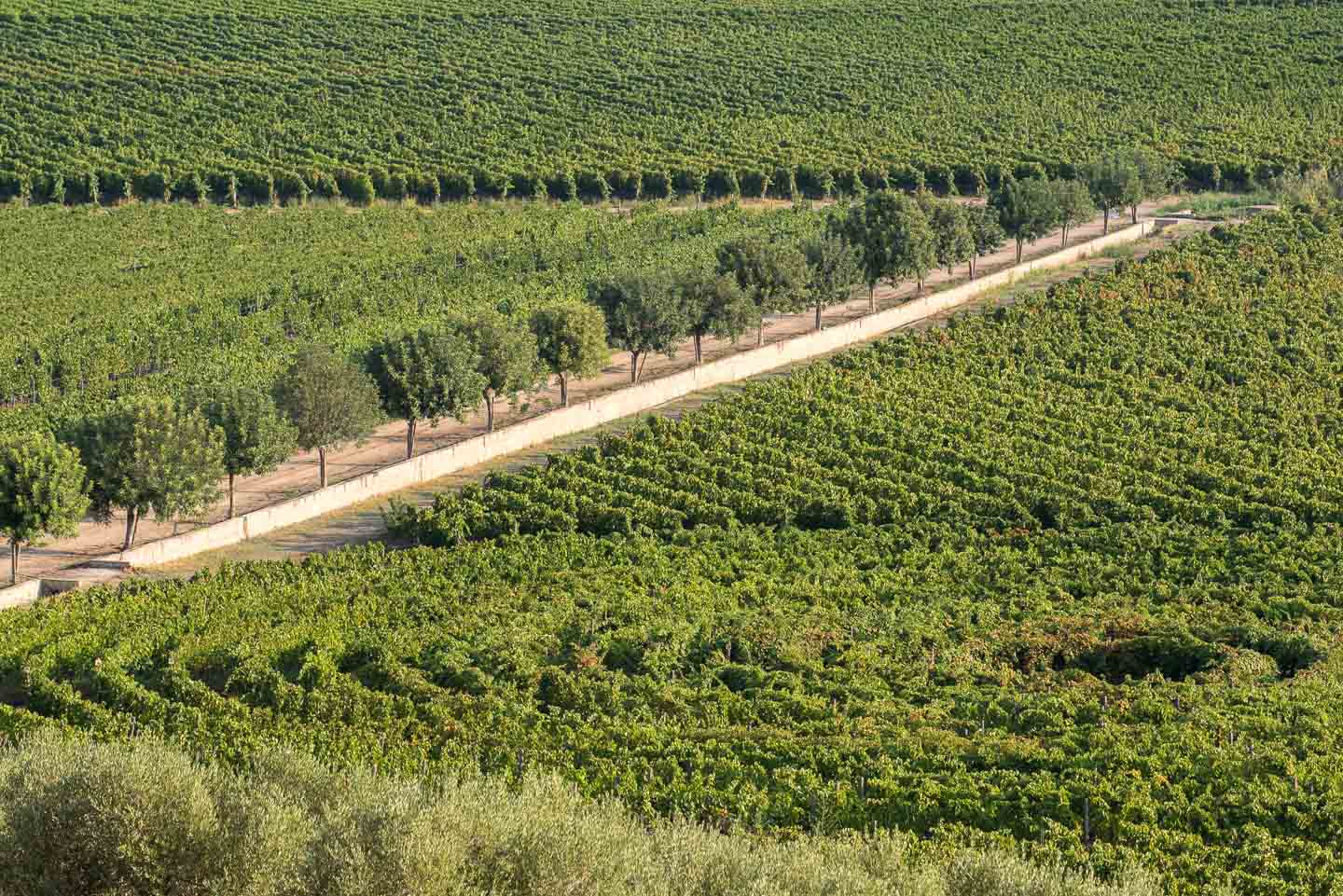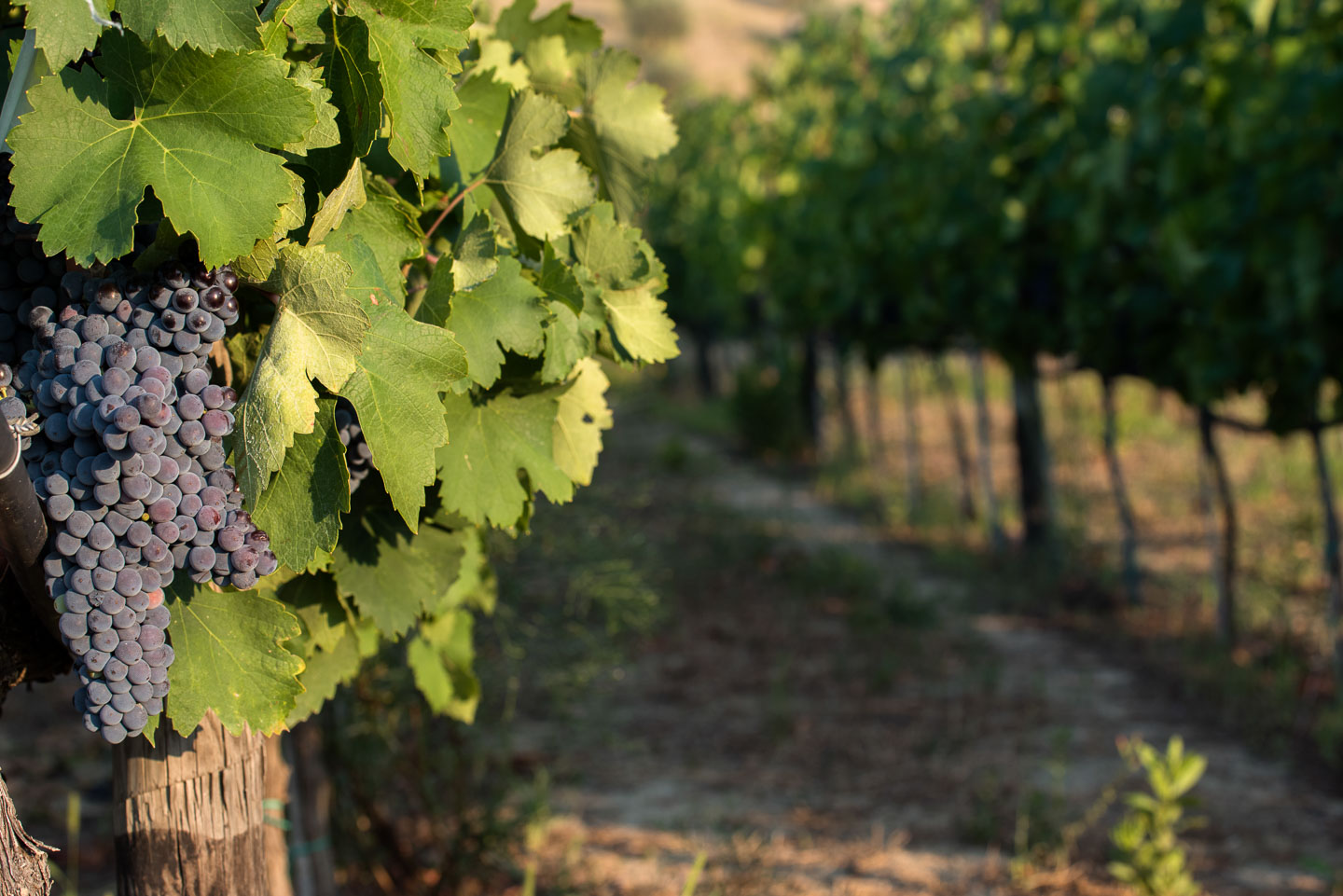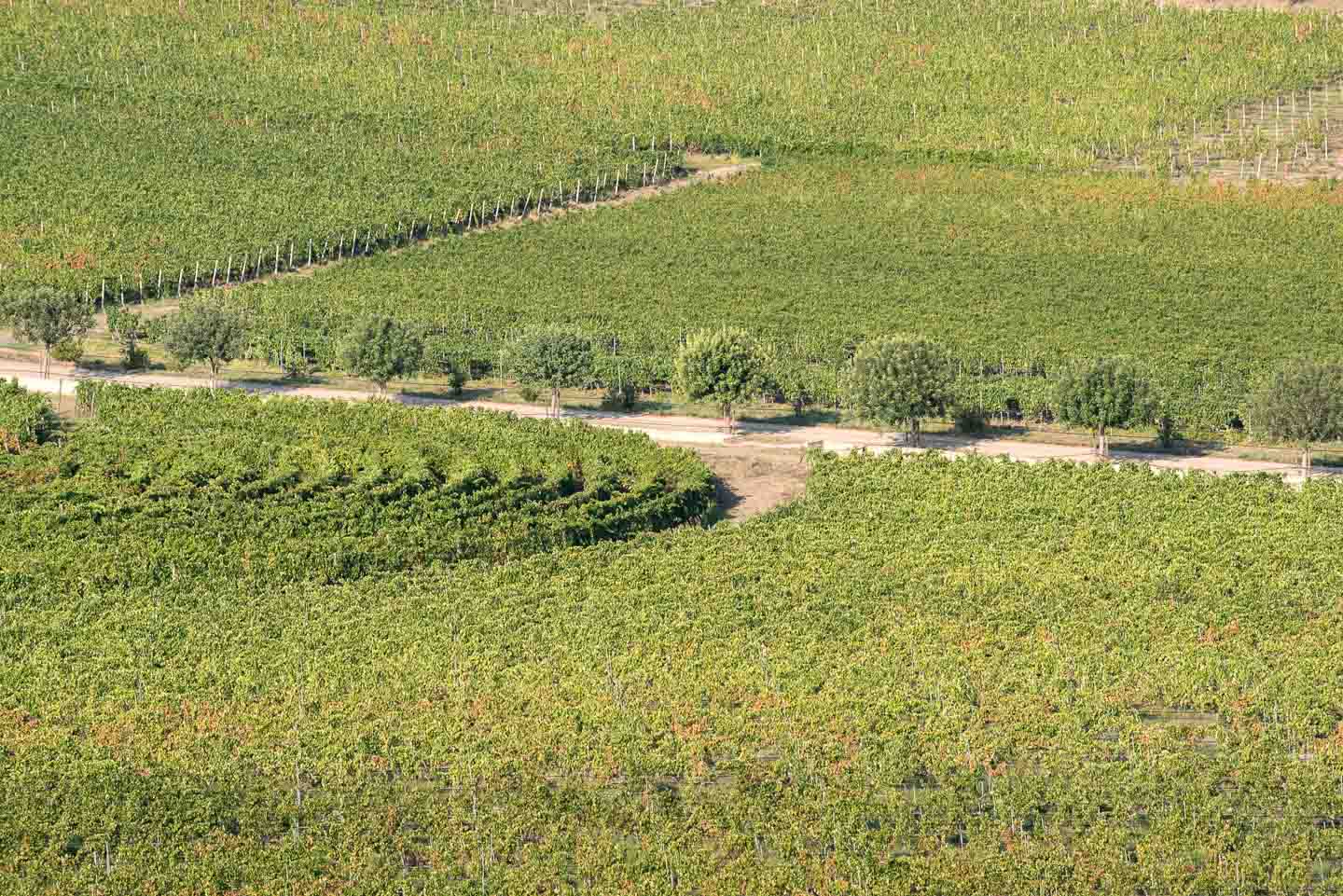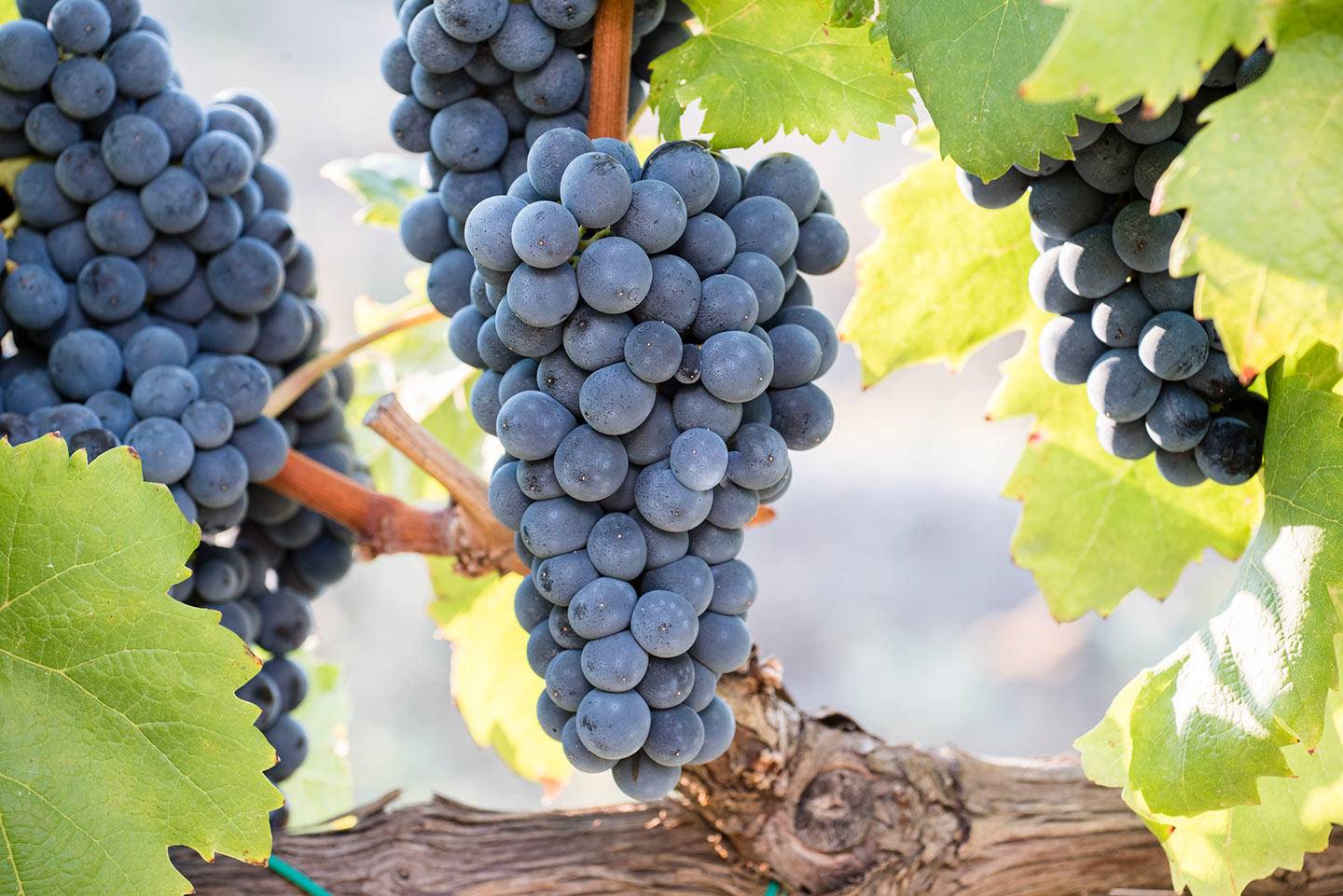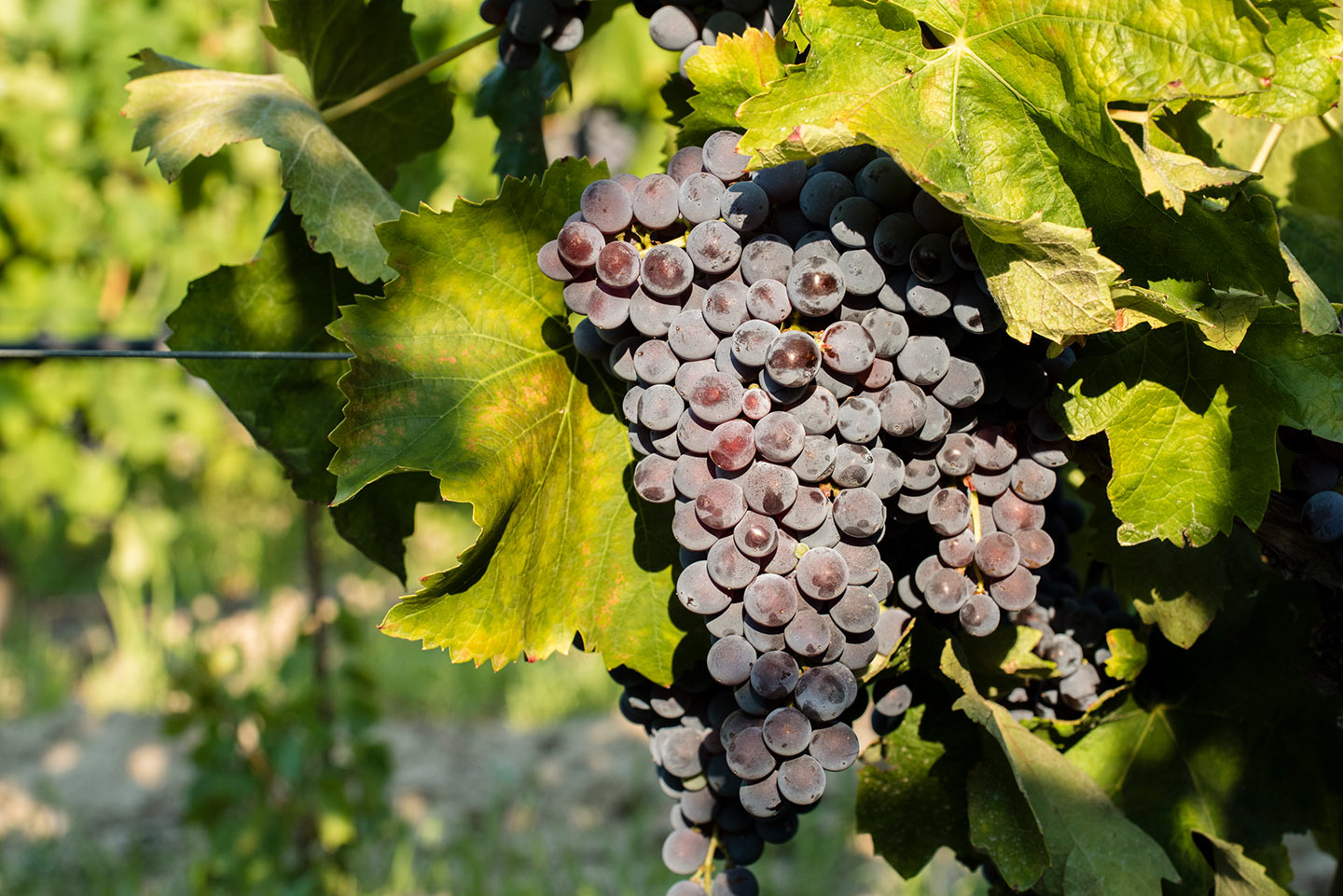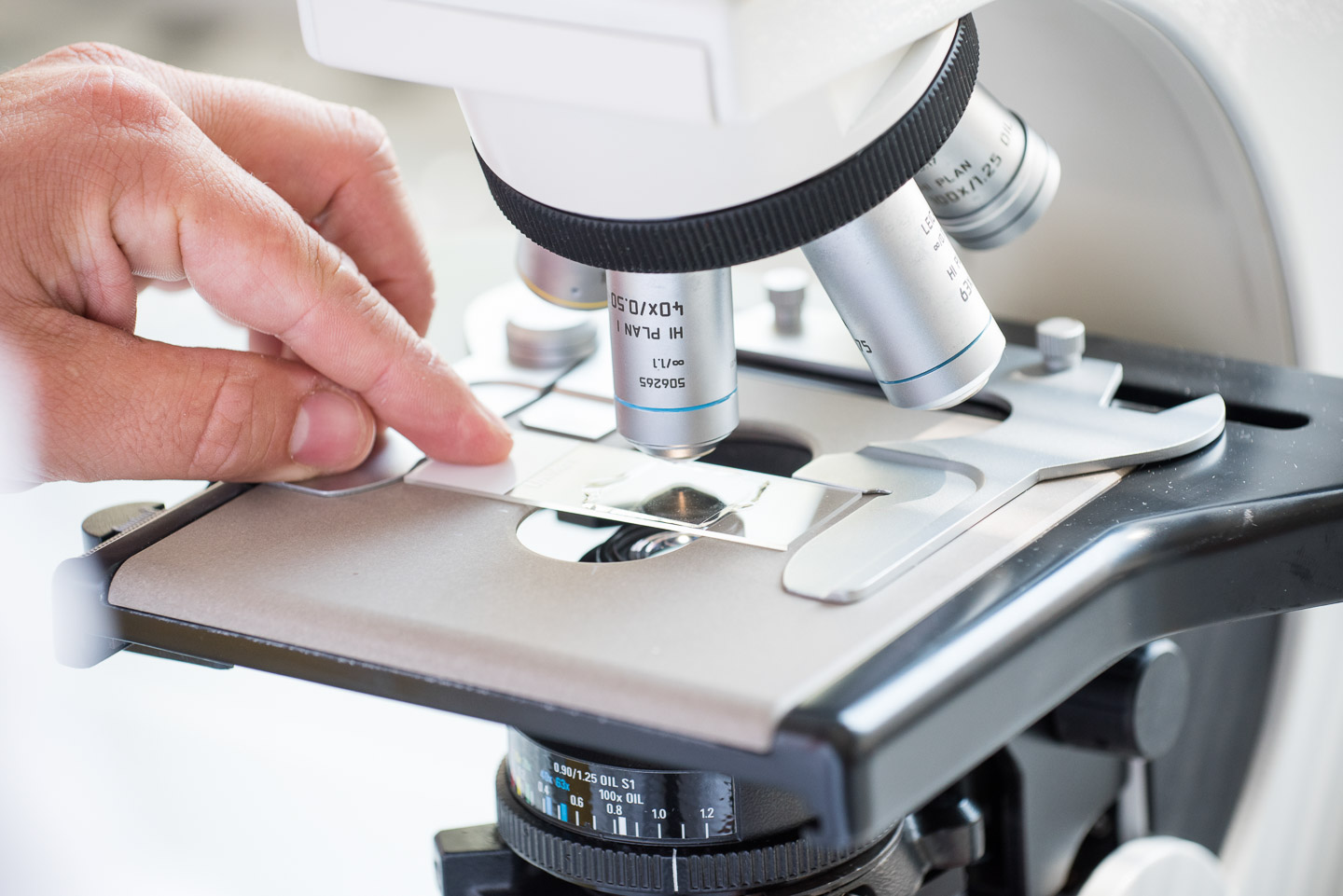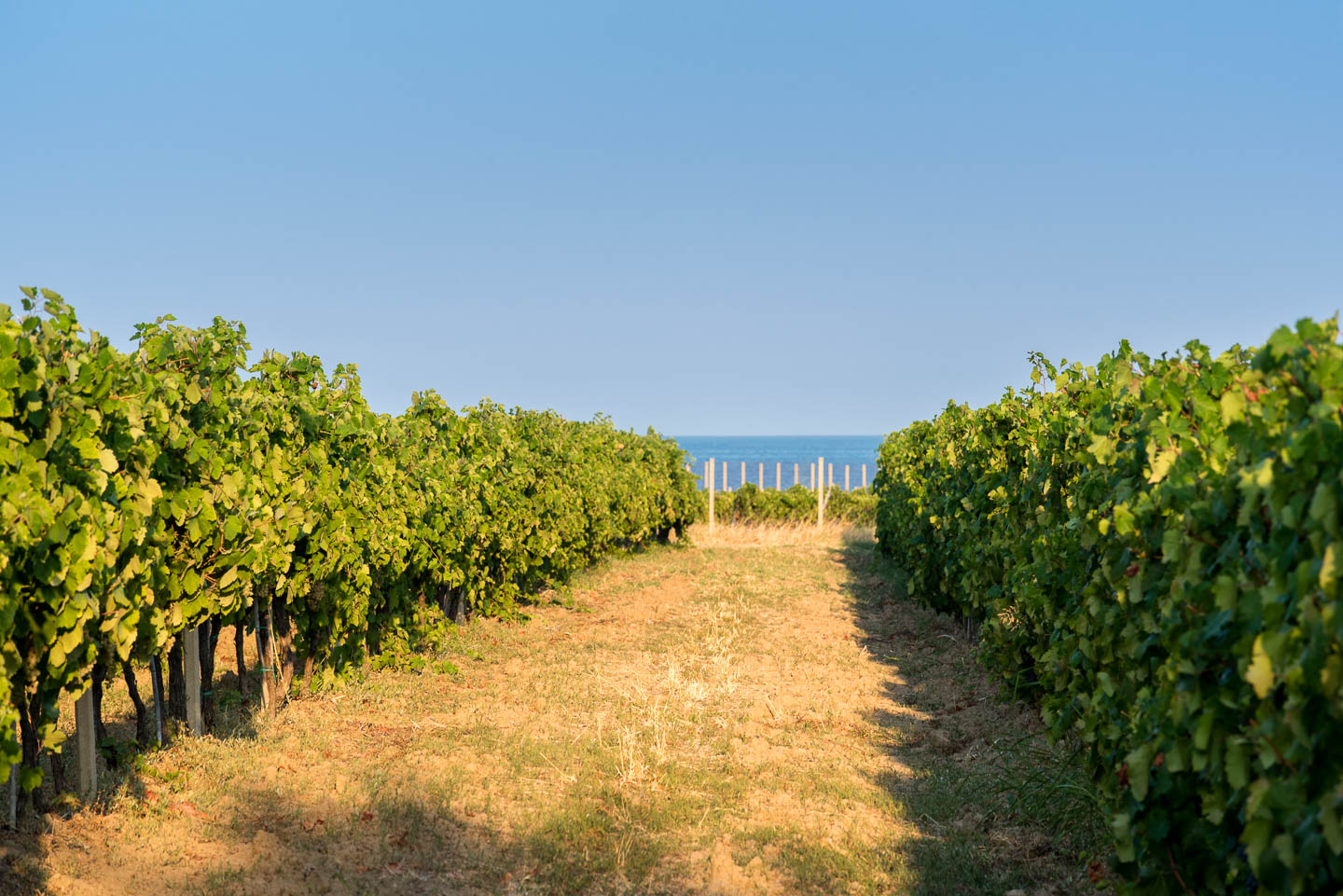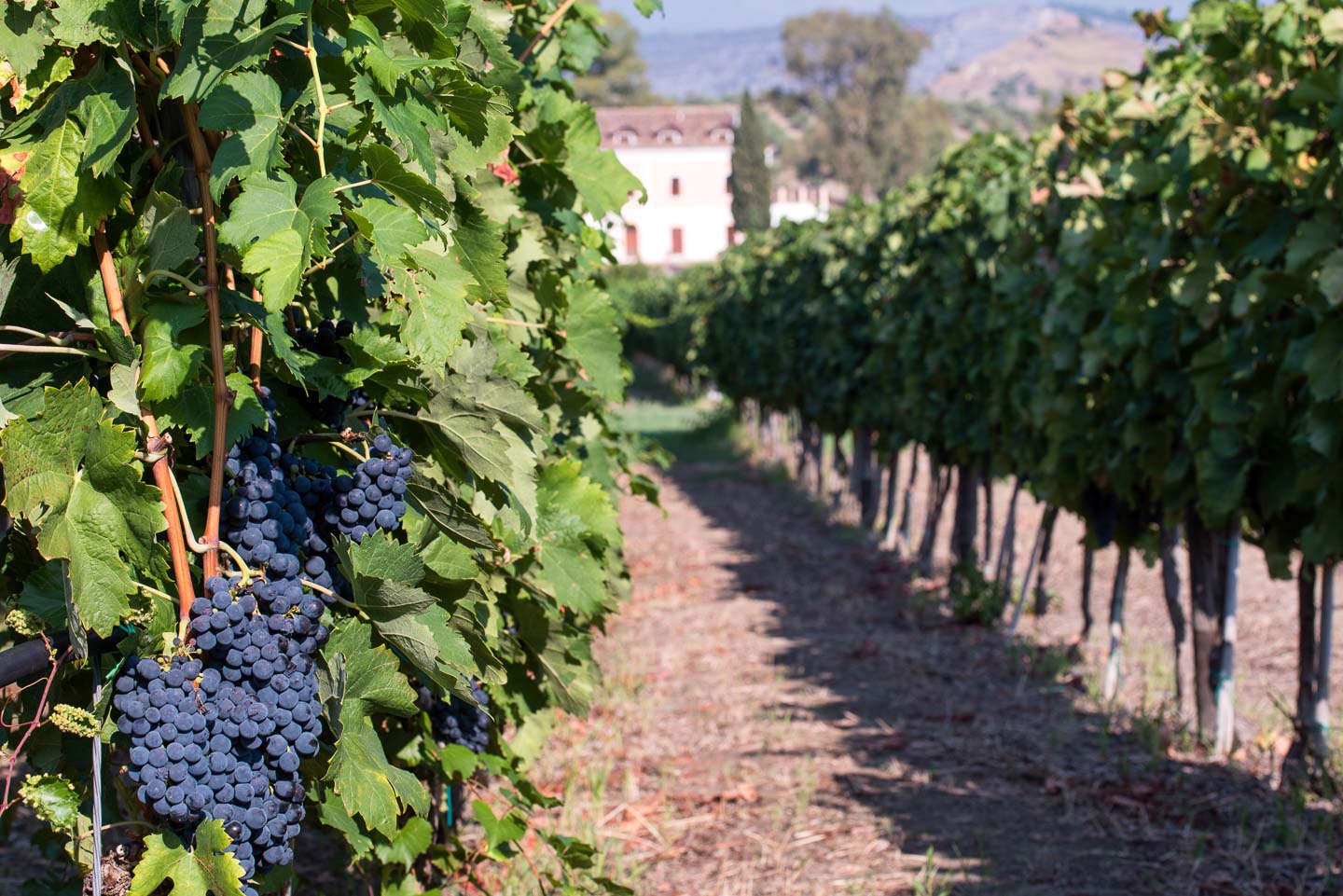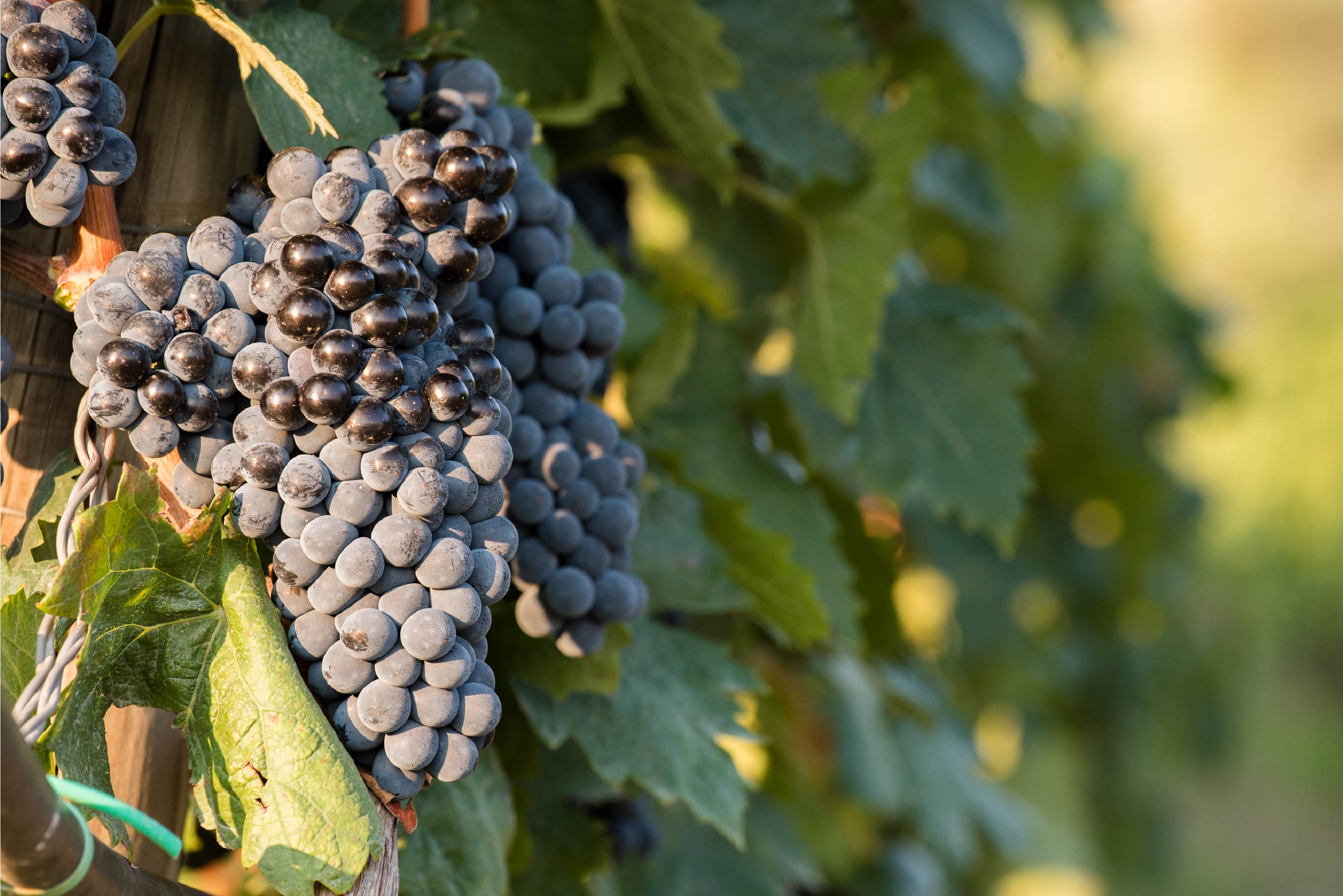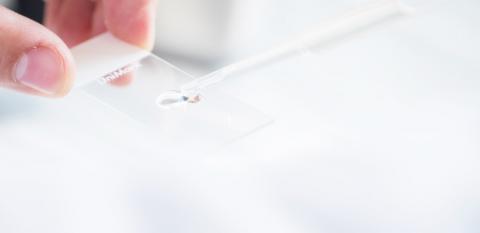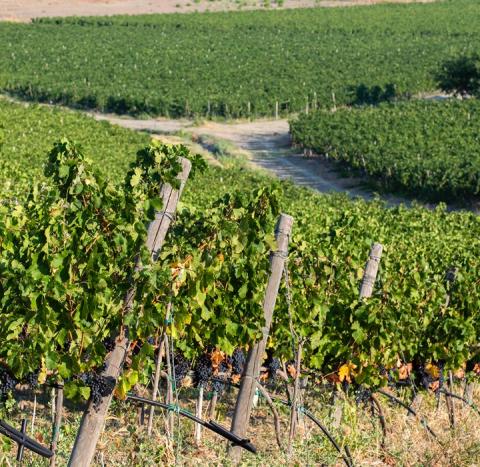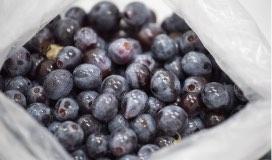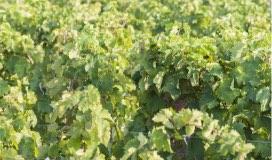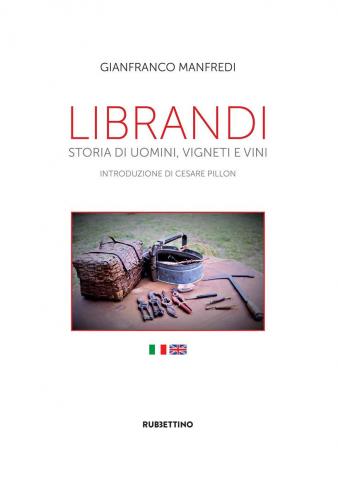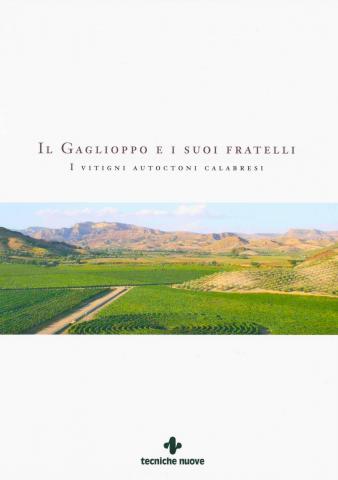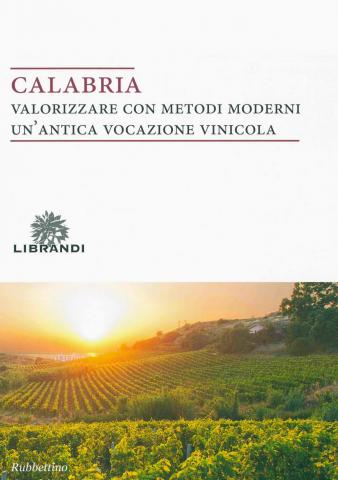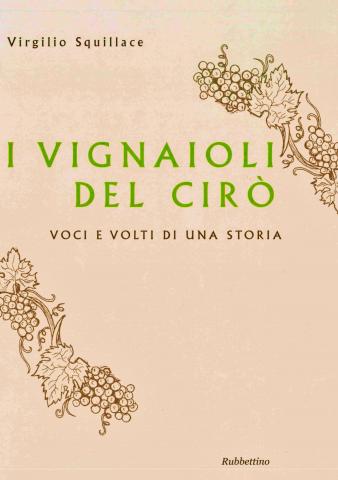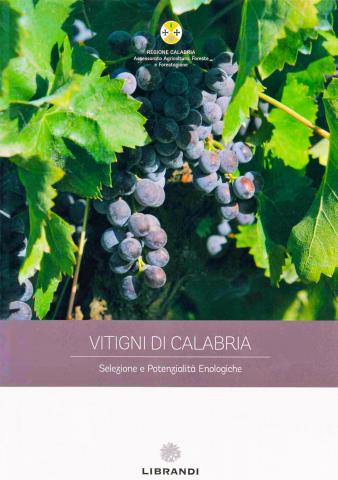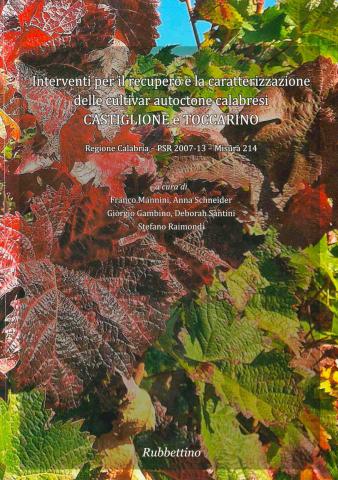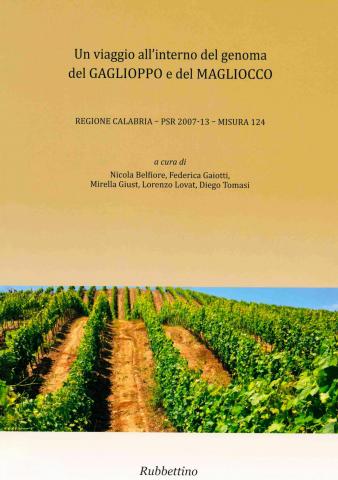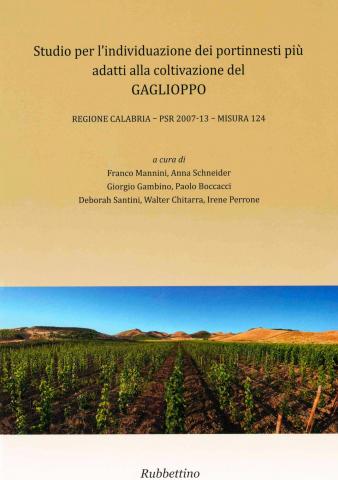In the phase prior to the widespread use of new selections, it is particularly useful to test, in the field, the suitability of several graft combinations that can be used with the selected material.
To this end, in 2012, in our Critone estate in the Strongoli countryside, we created an experimental vineyard by grafting the same Gaglioppo clone onto 20 different rootstocks. The selected clone is well-suited in terms of its ability to resist viral diseases and its optimal farming and wine-making potential. The clone can therefore fully express the grape's potential. Based on the data collected, the results allow us to identify certain graft combinations that can positively reinforce the quantitative and qualitative characteristics of the Gaglioppo in the warm and dry environment of the Cirò region.
The results of this technical-scientific task were published in a scientific essay entitled Studio per l’individuazione dei portinnesti più adatti alla coltivazione del Gaglioppo (Study to identify the most suitable rootstocks for the cultivation of Gaglioppo), Rubbettino, 2015.
